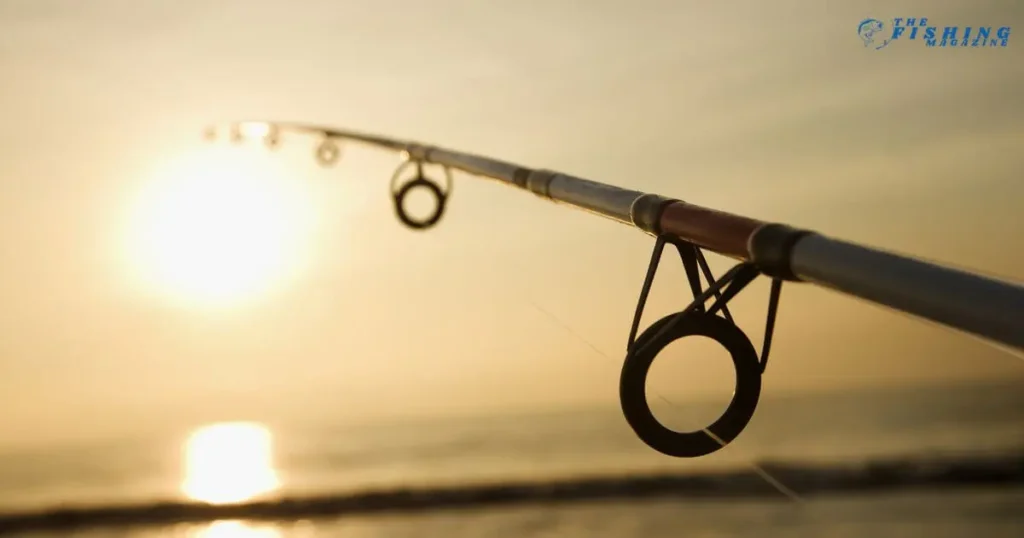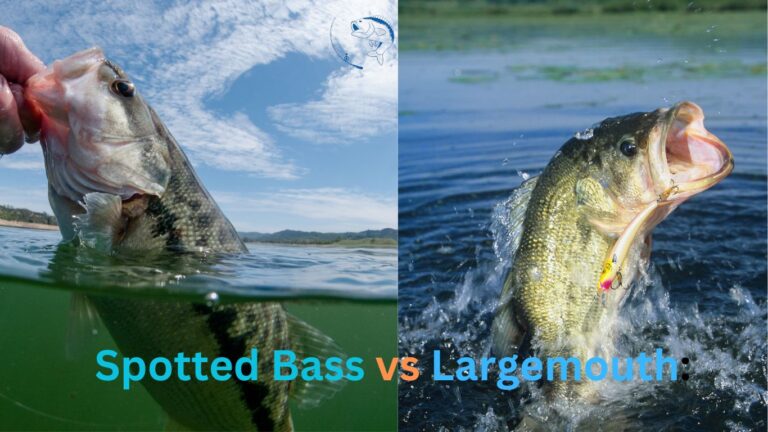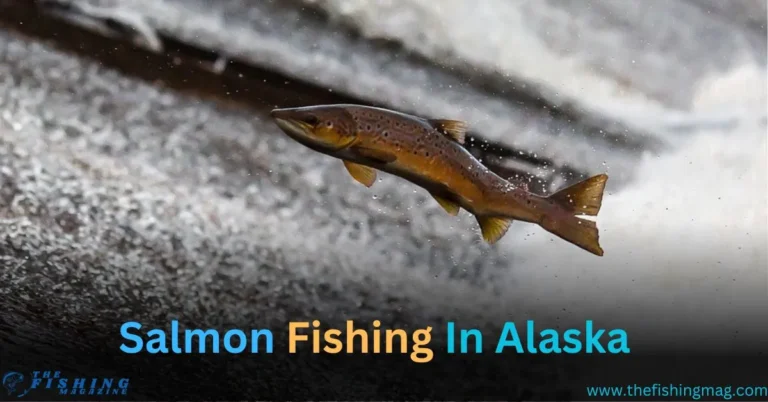Are you ready to embark on an exciting Fishing Flathead Catfish adventure and reel in one of the largest freshwater fish in North America? Look no further than the formidable flathead catfish. In this comprehensive guide.
We’ll dive deep into the world of flathead catfish fishing, sharing expert tips and techniques to help you hook into these elusive giants. Whether you’re a novice angler eager to learn the basics or a seasoned pro looking to refine your skills, this blog post has something for everyone.
So grab your gear, bait up your hooks, and let’s set sail on a journey to catch flathead catfish like never before.
Understanding Flathead Catfish:
Before we dive into the tactics and strategies for Fishing flathead catfish, let’s take a moment to get to know our formidable foe:
- Appearance: Flathead catfish, also known as “yellow cats” or “mud cats,” have a distinctive flat head and broad, muscular body covered in mottled brown or yellowish skin. They can grow to impressive sizes, with specimens exceeding 100 pounds not uncommon.
- Habitat: Flathead catfish are typically found in large rivers, reservoirs, and deep lakes with slow-moving or stagnant water, where they inhabit deep holes, submerged logs, and rocky structures.
- Behavior: Flathead catfish are nocturnal predators, preferring to feed under the cover of darkness. They are opportunistic feeders and will readily consume live baitfish, crayfish, and other aquatic prey.
Where to Fish:
- Flathead catfish can be found in various bodies of water, including rivers, lakes, and reservoirs, throughout the United States.
- Look for areas with slow-moving water, such as deep pools, eddies, and submerged structures like fallen trees, rocks, and brush piles, where flatheads like to hide and ambush their prey.
- Popular fishing spots for flathead catfish include the Mississippi River and its tributaries, as well as large reservoirs and lakes with ample cover and food sources.
- Some recommended locations for flathead catfish fishing include:
- Lake Cuyamaca, California: Known for its abundant flathead catfish population and picturesque scenery, Lake Cuyamaca offers anglers plenty of opportunities to hook into trophy-sized fish.
- Mississippi River, United States: The mighty Mississippi River and its tributaries are renowned for producing trophy flathead catfish, with some specimens weighing over 50 pounds.
- Santee Cooper Lakes, South Carolina: This system of lakes, including Lakes Marion and Moultrie, is famous for its exceptional flathead catfish fishing, especially during the warmer months.
When to Fish:
- Flathead catfish are most active during the warmer months of the year, typically from late spring to early fall, when water temperatures range from 70 to 85 degrees Fahrenheit.
- Nighttime and early morning tend to be prime feeding times for flatheads, as they are nocturnal feeders and prefer low-light conditions.
- However, flatheads can be caught throughout the day, especially during periods of low fishing pressure and when the weather is overcast or rainy.
Tactical Advice:
- When targeting flathead catfish, use heavy-duty tackle and gear, including stout rods, heavy fishing line (30-50-pound test), and sturdy hooks (size 4/0 to 8/0).
- Live bait is highly effective for flathead catfish, with favorites including live bluegill, sunfish, shad, and large nightcrawlers. Present your bait near cover and structure where flatheads are likely to be lurking.
- Consider using a slip sinker rig or Carolina rig to keep your bait near the bottom and allow the flatheads to pick up the bait without feeling the weight of the sinker.

Tackling the Tackle:
Now that you have a basic understanding of flathead catfish, let’s discuss the essential tackle you’ll need to hook into these formidable fish:
1. Rods and Reels:
- Opt for a heavy-duty rod and reel combo capable of handling large fish and heavy line.
- Spool your reel with strong monofilament or braided fishing line with a test strength of at least 20-30 pounds to withstand the powerful runs of flathead catfish.
2. Terminal Tackle:
- Use a stout circle hook in the 5/0 to 8/0 size range to ensure a secure hookset in the corner of the fish’s mouth.
- Attach a sliding sinker or a heavy egg sinker to your main line above a swivel to provide weight and prevent the fish from feeling resistance when it takes the bait.
3. Baits and Lures:
- Live bait is the preferred choice for flathead catfish, with options including live bluegill, sunfish, shad, and large nightcrawlers.
- If live bait is unavailable, consider using fresh-cut bait, such as chunks of skipjack herring, mullet, or chicken liver.
Techniques for Success:
Now that you’re properly equipped, let’s explore some proven techniques for Fishing flathead catfish:
- Bottom Fishing: Anchor your boat near submerged structures or deep holes and present your bait on the bottom using a slip sinker rig or a Carolina rig.
- Drifting: Drift along river channels or across large flats while dragging live bait behind your boat to cover a wide area and locate active fish.
- Night Fishing: Target flathead catfish during the cover of darkness when they are most active and feed aggressively. Use powerful lights to attract baitfish and draw in hungry predators.
Is it Good to Eat?
- Yes, flathead catfish are not only fun to catch but also delicious to eat! Their firm, white flesh has a mild and sweet flavor that pairs well with a variety of seasonings and cooking methods.
- However, it’s important to practice responsible harvesting and adhere to local fishing regulations regarding size and bag limits to help maintain healthy flathead catfish populations.
Delicious Recopies:

- Grilled Flathead Catfish Fillets:
- Marinate flathead catfish fillets in a mixture of olive oil, lemon juice, minced garlic, salt, and pepper for at least 30 minutes.
- Grill fillets over medium-high heat for 4-5 minutes per side or until cooked through and flaky.
- Serve hot with a squeeze of fresh lemon juice and a sprinkle of chopped parsley.
- Crispy Fried Flathead Catfish Nuggets:
- Cut flathead catfish fillets into bite-sized pieces and season with salt, pepper, and your favorite Cajun seasoning.
- Dredge fillets in a mixture of flour, cornmeal, and spices, then dip in beaten eggs and coat with breadcrumbs.
- Fry nuggets in hot oil until golden brown and crispy, then drain on paper towels and serve with tartar sauce or spicy remoulade.
FAQs
What is the best bait to use for fishing flathead catfish?
Live bait such as bluegill, sunfish, or shad is highly effective for fishing flathead catfish. Fresh-cut bait like skipjack herring or carp also works well.
Where is the best place to find flathead catfish?
Flathead catfish prefer deep, slow-moving waters with plenty of cover, such as submerged logs, rocks, or brush piles. Look for them near riverbanks, under bridges, or in deep holes.
What kind of gear do I need to catch flathead catfish?
A sturdy rod and reel with heavy-duty fishing line (20-40 pound test) are essential for handling the powerful flathead catfish. Use a sliding sinker rig or Carolina rig to keep your bait near the bottom.
What time of day is best for flathead catfish fishing?
Flathead catfish are most active during dawn and dusk when they are more likely to hunt for food. However, they can also be caught throughout the day and night, especially in warmer months.
How do I safely handle and release flathead catfish?
When handling flathead catfish, use a lip gripper or glove to avoid their sharp teeth and spines. Always support their body properly to prevent injury, and release them gently back into the water after catching.
Conclusion:
Armed with the knowledge and techniques shared in this guide, you’re now ready to embark on your flathead catfish fishing expedition with confidence. Remember to be patient, adapt to changing conditions, and always respect local fishing regulations and conservation measures.
Whether you’re battling a trophy-sized flathead or simply enjoying the serenity of the water, the thrill of the chase and the satisfaction of a successful catch await you. So cast off the lines, embrace the darkness, and may your next flathead catfish fishing adventure be one for the record books.






